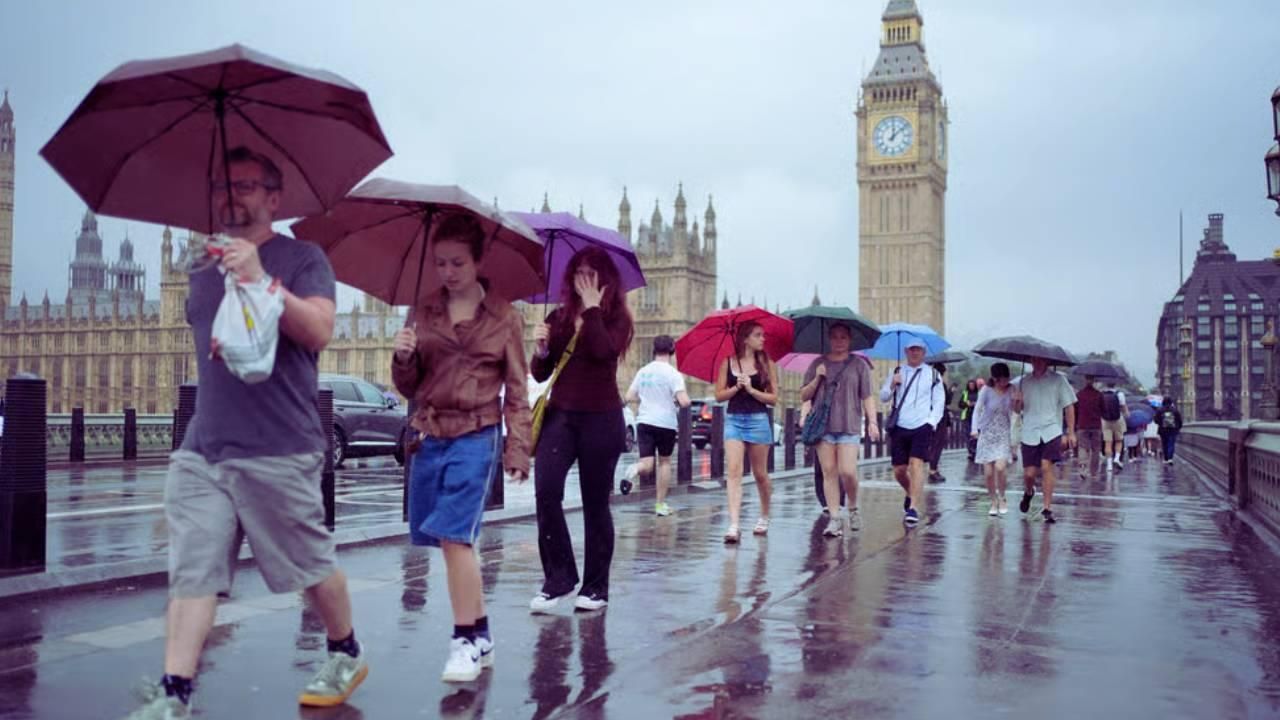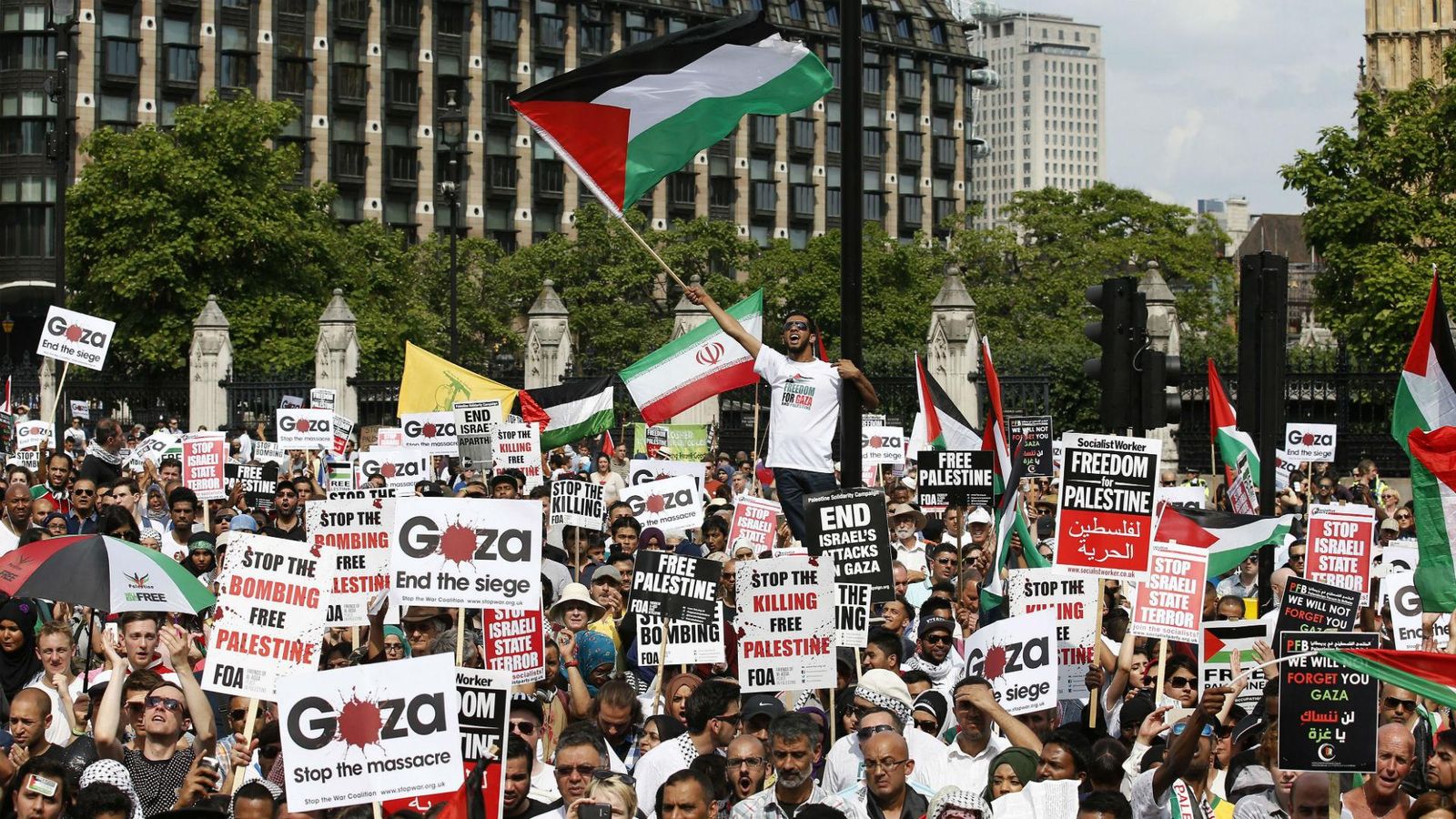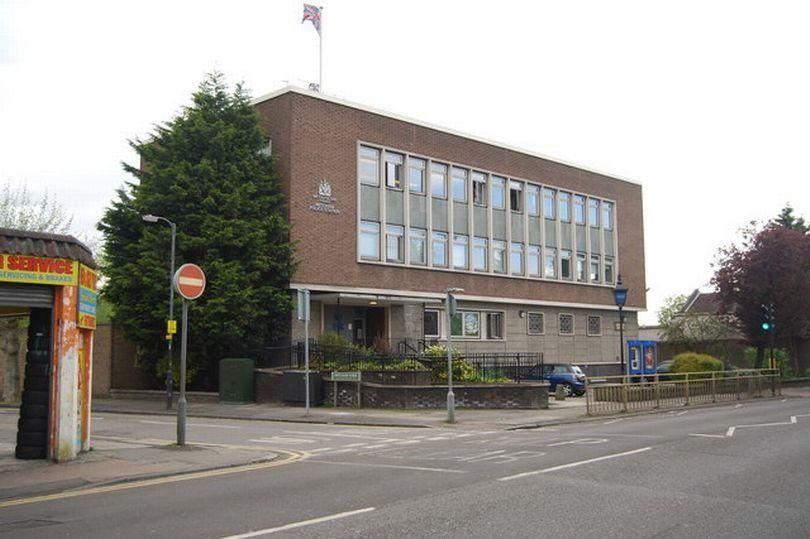After 462 years of educating generations, St Mary's CofE Primary School in Stoke Newington has ceased operations, a casualty of persistent falling pupil numbers plaguing many London primary schools. The closure, confirmed after months of anticipation, brings an emotional end to a legacy stretching back to the reign of Queen Elizabeth I.
Established in 1563, St Mary's began its life within the very fabric of St Mary's Church (now an arts venue called Old Church), with a dedicated School House added by landowner William Patten. While its current building opened in 1831, parts of the original structure remained in use, anchoring the school deeply within the community's history.
Headteacher Breda McKelvey, who took the helm two years ago after serving as deputy since 2010, expressed profound sadness over the closure. "Our numbers have been shrinking for a few years now," McKelvey told BBC London. "We started the year on about 70 pupils – deep down I knew I couldn't manage another year with the budgets and paying the wages – so for me it was inevitable."
The closure represents a significant loss not just for the immediate families, but for the wider community. "I think it's a loss for the local community, to local businesses – we bring trade – but also to the church, to the people who have lived here all their lives and attended the school and the local families who do want a church school or a small school," McKelvey added. "A lot of parents want that tight-knit community."
Staff and former pupils alike echoed this sentiment. Gloria Rose, a 24-year veteran at the school, highlighted the close-knit, child-first ethos that defined St Mary's. Jay Kennedy, the receptionist for over two decades and a grandmother to four former pupils, described the final day, coinciding with her youngest grandchild's Year 6 leavers' assembly, as "heart-breaking." "It's such a small village school, it's just awful," she lamented.
The school's rich history has been painstakingly catalogued by staff in the months leading up to its closure. Treasures unearthed from the archives include references to the Domesday Book and a fascinating punishment book from 1931 to 1971. This ledger, detailing infractions like "persistent lying" and "deliberately spoiling test papers" (mostly by boys), reveals insights into disciplinary practices of yesteryear, primarily involving "a stroke to the hand."
Further discoveries include a Roll of Service for staff and pupils who served in World War One, with those who died etched in red, and school inspection records from World War Two, detailing the resilience of children attending school during continuous alerts and severe incidents. Remarkably, records also show the school narrowly avoided closure in the 1880s due to a crucial financial contribution.
With only 21 children remaining, St Mary's held a poignant farewell party on Tuesday, inviting former pupils and their parents back to fill the playground with joy, food, and music one last time. Seventeen-year-old Caoimhe Adade-Marfo, a former pupil, shared her sorrow, saying, "I always had dreams of my children coming here or me showing them this is where I went to school." Carrie Ferrigi, whose family spans generations of St Mary's attendees, reflected on the changing face of Stoke Newington, noting, "It's not the community I grew up with."
The closure of St Mary's is not an isolated incident. Data compiled by BBC London reveals a growing trend: over 40 primary schools across London have either closed or merged since 2020. London Councils, the body representing the capital's local authorities, attributes this directly to the continued decline in primary school pupil numbers across the city. Councils like Hackney, Islington, Westminster, Kensington and Chelsea, Southwark, Lambeth, and Tower Hamlets are all seeing closures or amalgamations, with at least 14 primary schools currently affected. This demographic shift raises significant concerns about the future of primary education and community hubs in a city increasingly described as "without children."

.jpg)





.jpg)
.svg)


